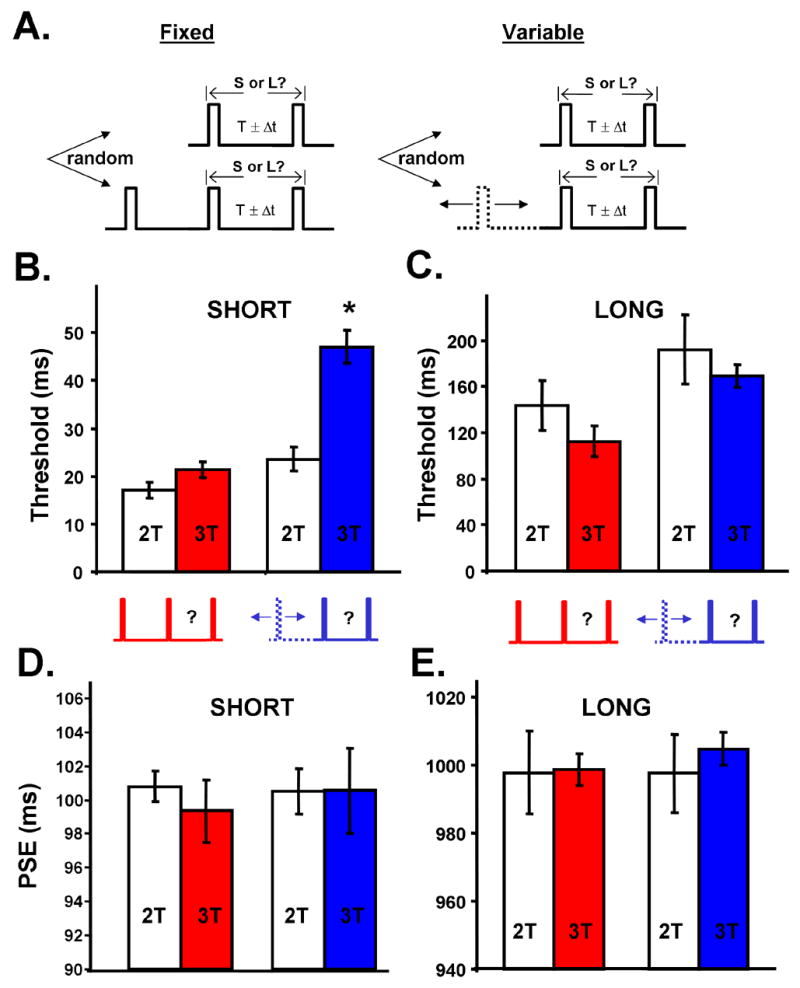Figure 3. Reset Task: a variable distractor impairs discrimination of a short but not a long interval.

(A) Reset Task. Top rows represent the standard 2T interval discrimination task in a single stimulus protocol. Subjects are asked to press different mouse buttons if they judged the interval to be short (S) or long (L). The feedback across trials results in the creation of an internal representation of the target interval. Bottom rows represent the 3T task in which a distractor is presented at a fixed or variable (dashed) interval across trials.
(B) Thresholds for the 100 ms (SHORT) reset task. Left, thresholds for the 100 ms 2T interval discrimination (open bars) and for the 100 ms interval preceded by a distractor presented at the same interval across trials (3T-FIX, red). Right, threshold for the standard 100 ms task (open) and three-tone task in which the distractor was presented at variable intervals across trials (3T-VAR; blue). Error bars represent the SEM. The asterisk represents a significant difference from the other three groups.
(C) Reset task (represented as in A), using a 1000 ms (LONG) target interval. Neither of the main effects or the interaction was significant.
(D–E) PSE values for the same experiments shown in panels B and C, respectively. The PSE was not significantly different from the target intervals of 100 (D) and 1000 ms (E) in any condition.
